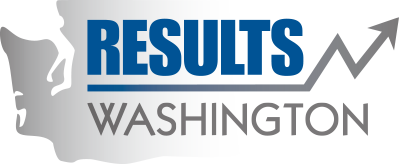Archived: Maintain current level of statewide acreage dedicated to working farms
Maintaining our agricultural land base is necessary to preserve and enhance our state’s agricultural economy, protect our state’s natural resources and ensure we can feed future populations of our state and the world. The state’s population is predicted to increase over the next 25 years by 1.8 million people. This will continue to put pressure on the state’s agricultural land base and accompanying agriculture. These pressures, due to urban and rural development, increase competition for prime grazing lands, and loss due to conversion for habitat and environmental considerations, will occur in both Western and Eastern Washington.
Data collected by the Washington State Department of Agriculture has shown slight increases in working agricultural lands defined as cropland, especially those lands under high levels of management (irrigation, pest control, etc.) throughout the state. For grazing lands (pastures and rangelands) and other land in farms such as time tracts, open space, etc. as defined by USDA, the picture appears to indicate slight losses in acreage when you look at data from the Census of Agriculture. Grazing lands, scabland, open spaces, timber tracts, and water tracts are land use categories not mapped by WSDA, so accurate calculations and long-term trends cannot be made at this time.
In the future, a dataset combining data from WSDA and the Washington State Conservation Commission – Office of Farmland Preservation will better identify impacts to agricultural lands and provide a foundation to develop policies to maintain and increase working farm acreage in Washington.
The goal of WSDA is to protect the current working lands in Washington by minimizing impacts from further regulations detrimental to agricultural land use, preserving natural resources and the environment, and growing our agricultural economy. Land use data collected by WSDA, the Washington State Conservation Commission – Office of Farmland Preservation, and Washington Recreation and conservation Office will be used to document the number of agricultural acres.
- Follow local, state and federal laws and rules regarding pesticide and nutrient use
- Minimize soil, water, and wind erosion by using best management practices
- Conserve natural resources such as water, native vegetation, etc.
- Be proactive and cooperate with government agencies to mitigate problems. The more site specific data that can be generated, the better chance growers have to minimize impacts to their business and livelihood through adaptive management.
- Support local agriculture in your community to enhance the value of locally derived foods
- The public can learn more about agriculture by going to:
